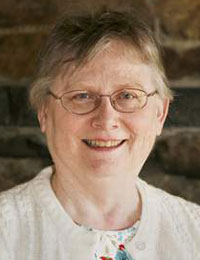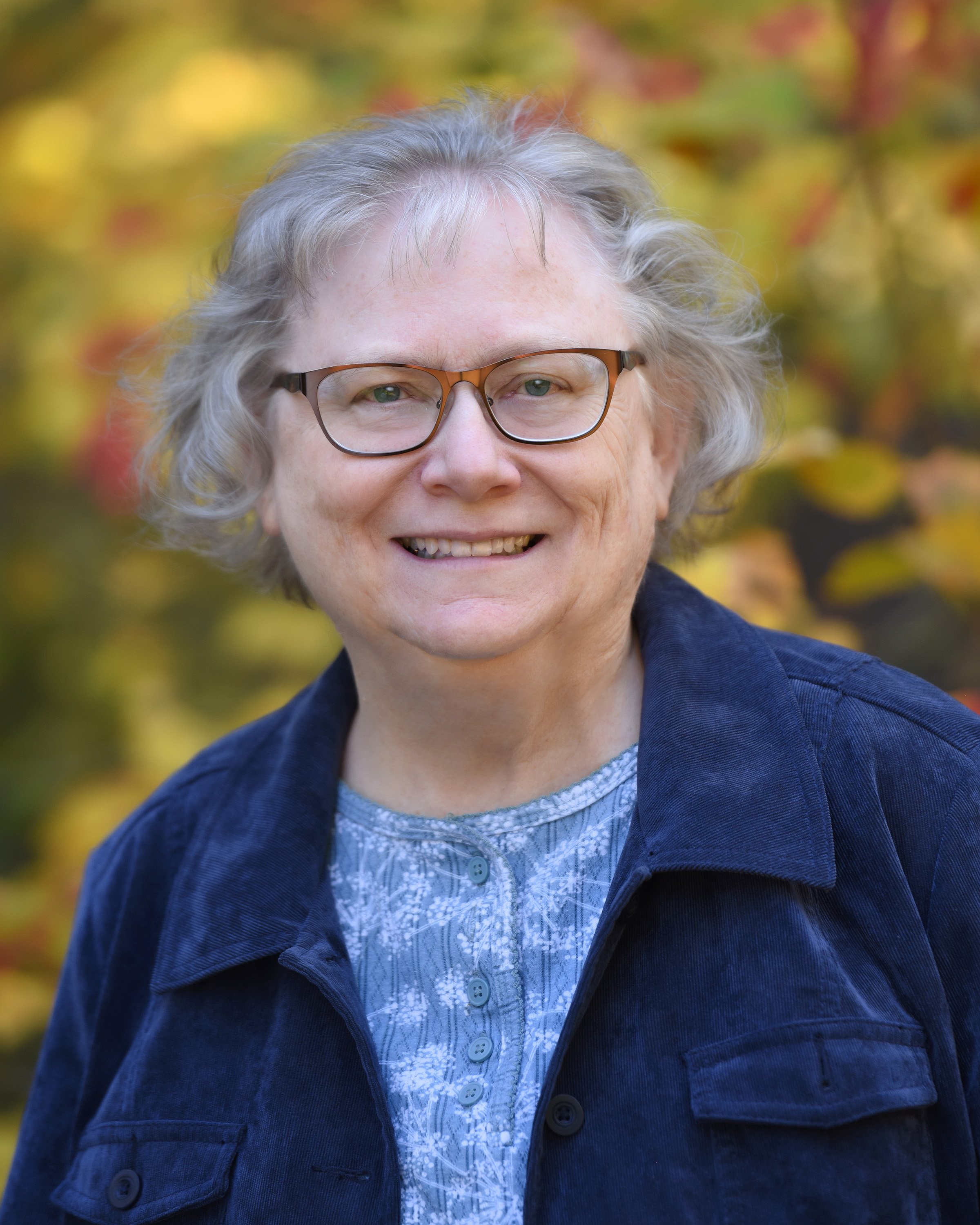 Has anyone else gotten into the new analog journaling craze? Often called “Bullet Journaling,” it is a return to the old, handwritten method of keeping records. There are many templates that can be followed, but the Bullet Journal (BuJo) is intended to be thoroughly individualized by the writer to suit his or her needs.
Has anyone else gotten into the new analog journaling craze? Often called “Bullet Journaling,” it is a return to the old, handwritten method of keeping records. There are many templates that can be followed, but the Bullet Journal (BuJo) is intended to be thoroughly individualized by the writer to suit his or her needs.
Among records that might be kept in a BuJo are calendars, daily schedules, events, future planning, goals, inspirational quotations, doodles, and collections. Some people decorate their BuJos with neat hand lettering, images, icons, washi tape, and more (check out Pinterest and YouTube for ideas). Some keep all of their information in one journal, others have specialized journals for different subjects.
I keep a creatively messy BuJo with my calendars, weekly and daily schedules and time keeping information, a few quotes now and then – my favorite right now is “If things aren’t going right, go left” – doodles, weather stickers, etc., just for fun. I have other BuJos with financial information and contacts, and one dedicated to “Family” in which I put lists and collections of information about ancestors and antiques.
My first list is of the videos I have posted on Facebook, with ideas for future videos.
One of my collections is entitled “Where is it?” because I am still laboriously making my way through tons of stuff inherited from my ancestors, jumbled in piles and stuffed in boxes, closets, and cabinets. This will be my inventory of what I have and in which box or drawer it resides, and will, hopefully, lead to some better organization of said stuff. Yes, I could put this same information into an Excel spreadsheet, but where’s the fun in that?
“Who is it?” collects information about one person.
Another collection is “What is it?” Although my mother and grandmother left notes identifying objects and photographs, some remain to be identified and everything needs to be cataloged so that decisions can be made about future disposition.
“Who is it?” collects information about one person. The page for my mother’s grandmother, Clara Angenette (Edes) Hawes, has a note that my Mom left about Clara’s expertise at making button holes (complete with my doodle of a button hole). Mom left multitudes of these little notes that deserve to be collected and treasured.
“Cousins” is a collection of information on my nieces, nephews, and cousins and their descendants, who have been multiplying and spreading across the continent. This will be a good place to copy out information from Christmas cards and letters each year and to make some mini relationship charts for inquiries about how who is related to whom (or is it whom is related to who?).
Other planned collections will be arranged by surname (all the Crane family stories), by geographic location (stories about the family in Natick), military service, occupation, or whatever pops into my head. It isn’t meant to be pretty or organized, just a place to “collect” scattered information on paper in a bound book (okay, probably a dozen books) for convenience, preservation, and reference.
Other ideas?
Share this:

About Alicia Crane Williams
Alicia Crane Williams, FASG, Lead Genealogist of Early Families of New England Study Project, has compiled and edited numerous important genealogical publications including The Mayflower Descendant and the Alden Family “Silver Book” Five Generations project of the Mayflower Society. Most recently, she is the author of the 2017 edition of The Babson Genealogy, 1606-2017, Descendants of Thomas and Isabel Babson who first arrived in Salem, Massachusetts, in 1637. Alicia has served as Historian of the Massachusetts Society of Mayflower Descendants, Assistant Historian General at the General Society of Mayflower Descendants, and as Genealogist of the Alden Kindred of America. She earned a bachelor’s degree from the University of Connecticut and a master’s degree in History from Northeastern University.View all posts by Alicia Crane Williams →